
I’ve stayed in the Denver, Colorado area twice in two years, and one of the most noticeable patterns I’ve noticed is the lavish use of certain specific ornamental grasses as an integral part of the urban and suburban landscape. In this case, some places had seriously abundant clusters of the beautiful Calamagrostis x acutiflora ‘Karl Foerster’ planted en masse.
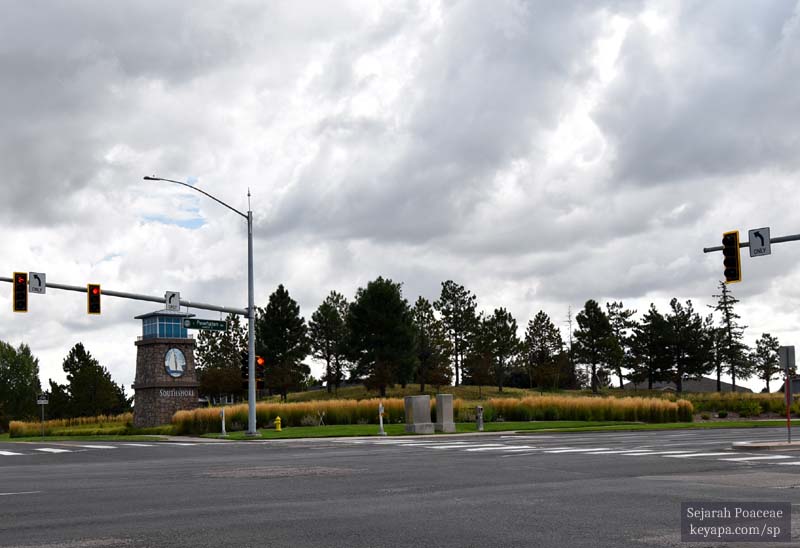
This C3 ornamental grass is from the subfamily Pooideae. It is an outstanding plant that was released by the German nurseryman Karl Foerster to the market in 1950 as a natural hybrid of C. epigejos (native to Europe, Asia and Africa) and C. arundinacea (native to Eurasia, China and India).
I’ve grown it in New Jersey as well, but it was just amazing to see them in such prolific use in the town of Aurora, CO. Not only were masses of the ornamental grass planted at sporadic junctions along the roadways, but they were also used to staggering effect at some of the major intersections.
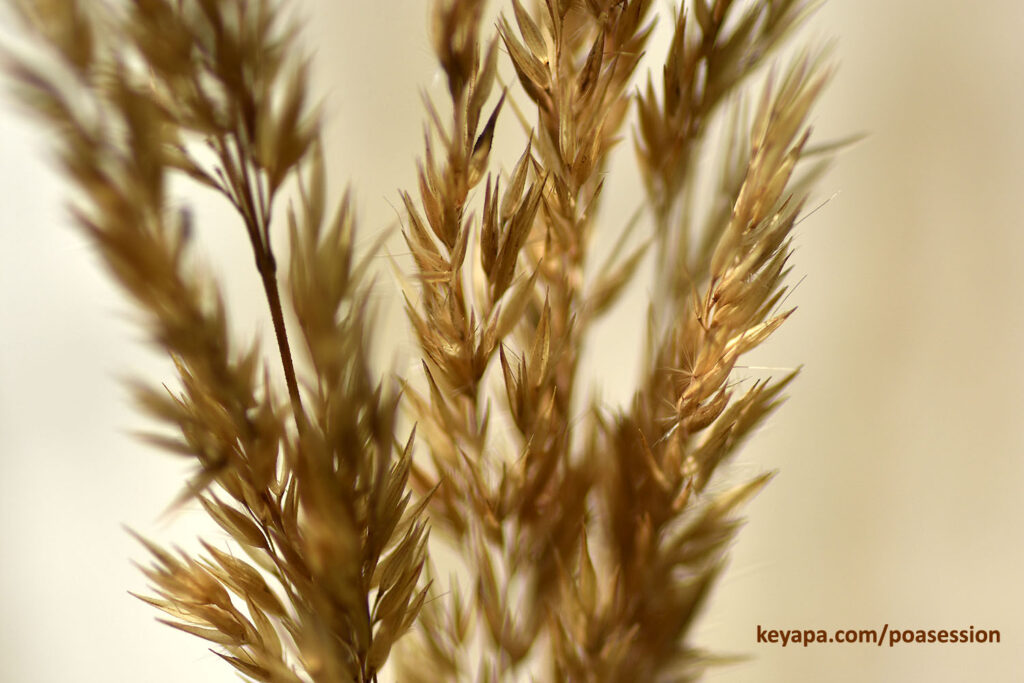
The use of masses of grasses waving in the wind was also in evidence in the town of Cerritos in California, several states west of Colorado. Here one of the major plants that graced sidewalks was the absolutely gorgeous Nassella tenuissima (locally known as Mexican feathergrass).
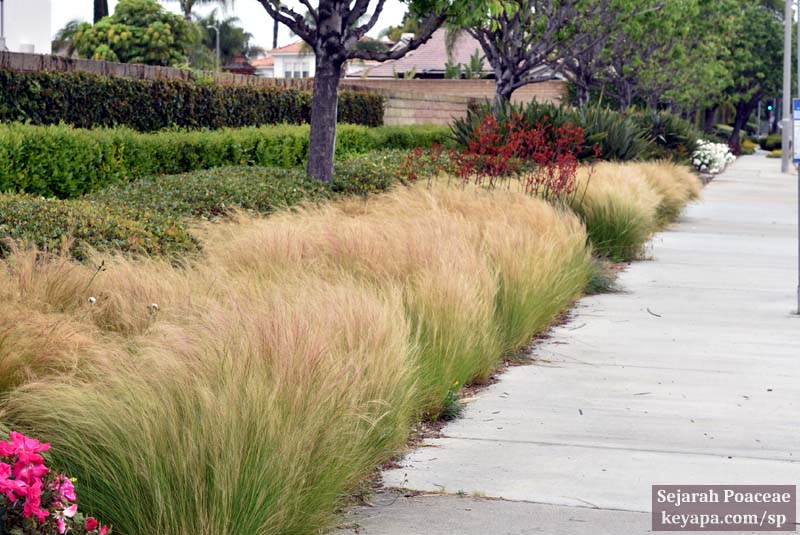
This C3 grass is also from the subfamily Pooideae, and is native to the south-western United States, northern Mexico, and Argentina. And unlike the somewhat rigid inflorescence of Calamagrostis x acutiflora, N. tenuissima has extremely fine and delicate panicles, which move elegantly with the slightest breeze. Its spikelets are thin and elegant as well, and graced with long pointed awns.
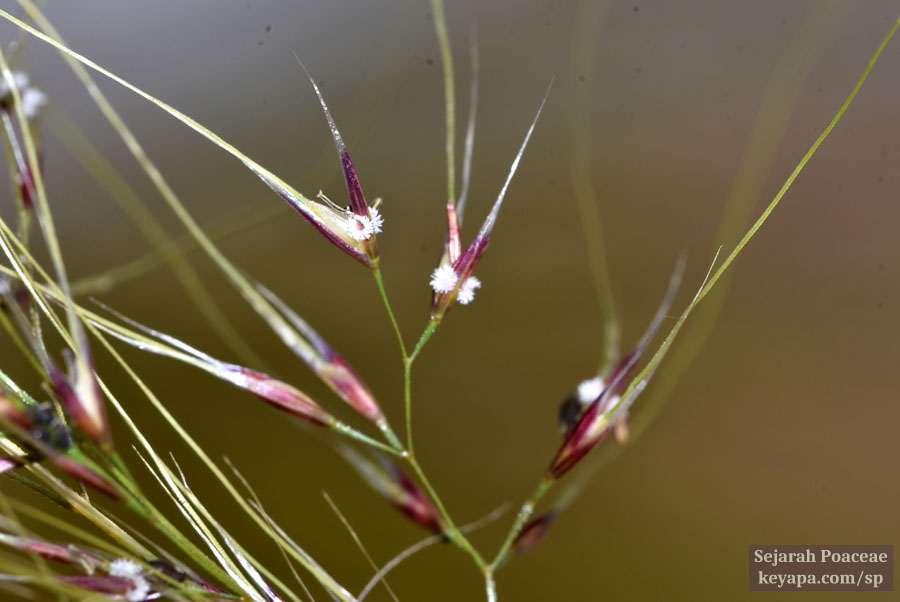
The sight of the masses of gently waving grasses along the sidewalks of Cerritos entranced me when I first saw them during my visit a year and a half ago, and validated again the use of ornamental grasses as major components of any suburban or urban landscaping projects. The fact that N. tenuissima is extremely drought tolerant makes it perfect for the area, given the long term droughts that have recently been hitting the region.
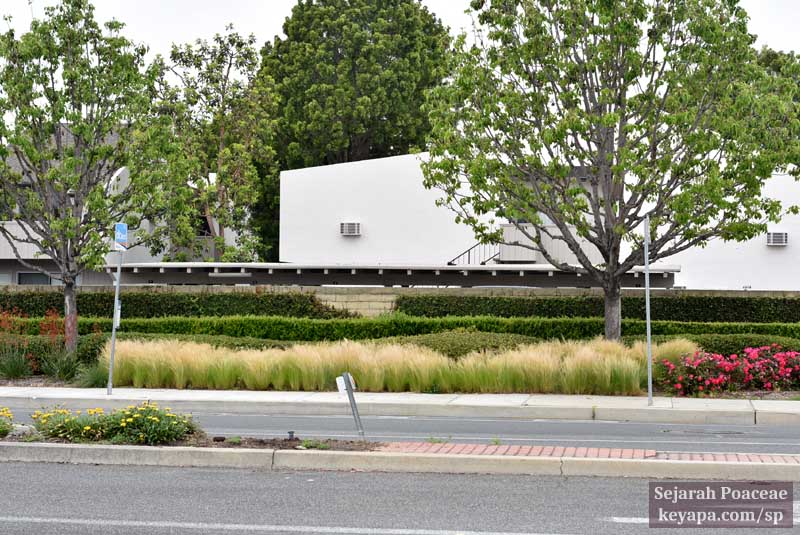
At the other end of the country, the Central Florida city of Kissimmee chose the native Tripsacum dactyloides (locally known as eastern gamagrass) as one of the mainstays of its landscaping, along with Cenchrus setaceus and other Cenchrus spp.
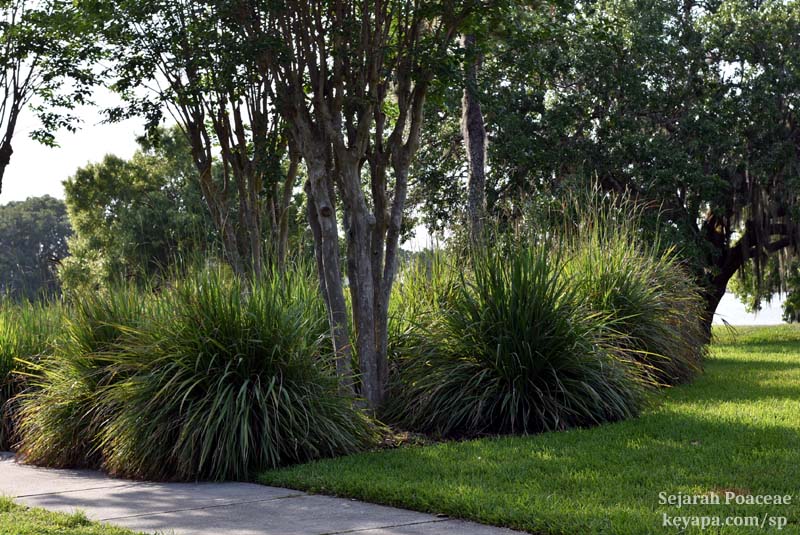
Unlike the other two previous ornamental grasses, T. dactyloides is a C4 perennial of the subfamily Panicoideae and native to the region. It forms elegant mounds that can grow to gigantic sizes, with some specimens reaching as much as 3 m tall! Even more interesting, this species is monoecious, with imperfect (or unisexual) flowers. Monoecious means that there are both male and female flowers on the same individual plant, and unisexual flowers have only either male or female parts. Most grasses have perfect flowers, where both stamens and pistil are present in a flower.
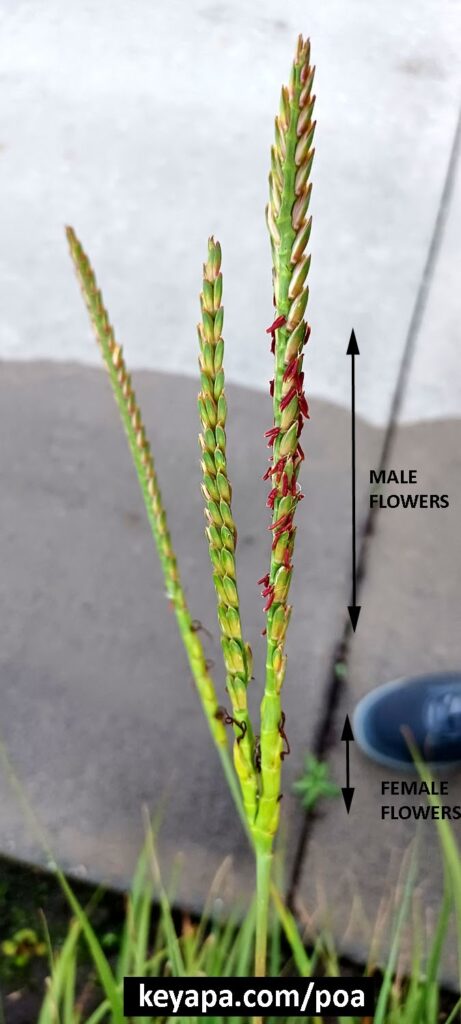
The structure of the inflorescence of T. dactyloides makes it easy to identify this species. The male flowers are located on the upper portions of the inflorescence, and the female flowers are near the base. The appearance of either type also seems to be different in different specimens. In some plants, some of the inflorescence have matured anthers, while in the rest of their inflorescence, it is the stigma which is showing first. In other specimens, both anthers and stigma are present at the same time.
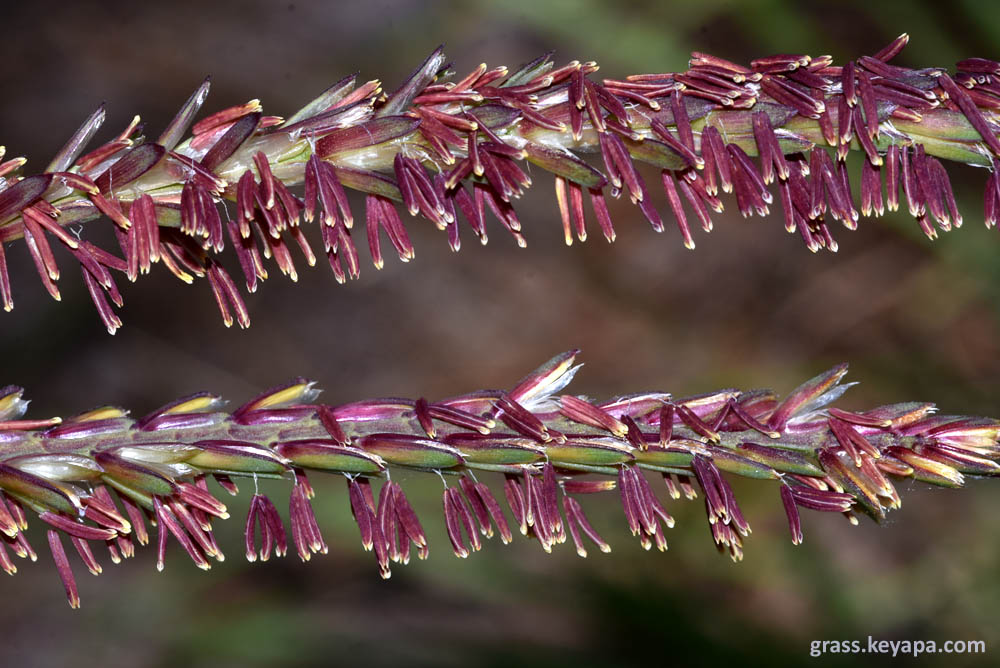
This trend by suburban and urban centers of standardizing on a few major ornamental grasses for their landscaping needs is something that I have to applaud. Not only do these plants add to the beauty of the towns and make each distinctive, but using native ornamental grasses (as they tend to do) sets a good example for the citizens (who hopefully use them as inspiration for their own landscaping needs).
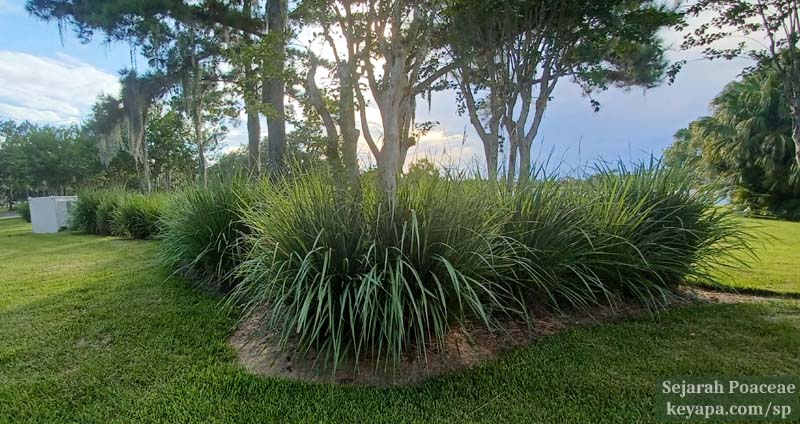

Leave a Reply